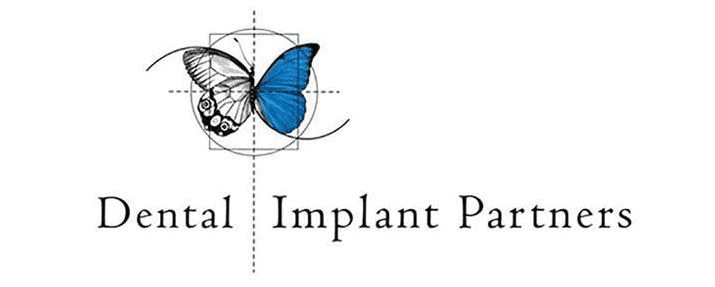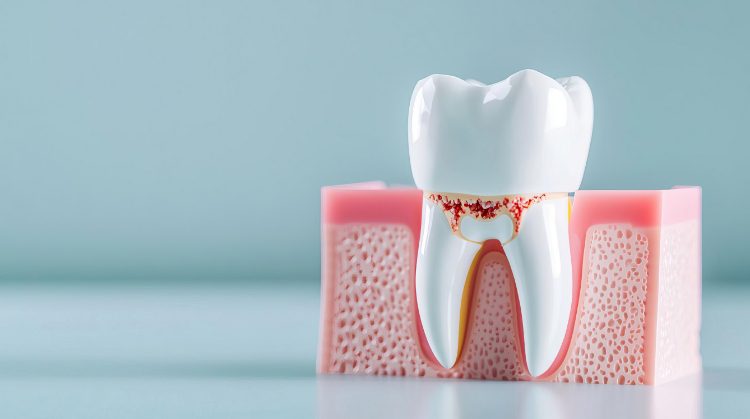Dental health is an essential part of our overall well-being. Many common dental problems can affect our teeth, gums, and mouth, leading to discomfort and more severe health issues if left untreated. Understanding the various oral health conditions and their prevention methods can help maintain your dental hygiene.
Common Dental Problems
Dental diseases can manifest in various forms. Some of the common dental problems include tooth decay, gum disease, and oral infections. Each condition has its causes and preventive measures, making awareness critical for effective treatment and care.
Tooth Decay
Tooth decay is one of the most prevalent dental diseases, primarily caused by the buildup of plaque. This sticky film of bacteria forms on your teeth after eating and can lead to cavities if not cleaned properly.
Causes of Tooth Decay
The causes of tooth decay include:
- Poor oral hygiene practices.
- High-sugar diets that encourage bacteria growth.
- Acidic beverages, including sodas and energy drinks.
- Diminished saliva flow, which usually helps neutralize acids and wash away food particles.
Stages of Tooth Decay
The stages of tooth decay can be categorized into:
- Demineralization: The earliest stage, where minerals are lost from the enamel due to acid.
- Enamel decay: Tooth enamel starts to break down, creating cavities.
- Dentin decay: Decay progresses further into the tooth.
- Pulp decay: The innermost part of the tooth becomes infected, causing pain.
Gum Disease Types
Gum disease is another major concern in dental health. Understanding the gum disease types can be critical for prevention and treatment.
Gingivitis
The earliest stage of gum disease, gingivitis, occurs when the gums become inflamed. It is often painless, but common symptoms include redness, swelling, and bleeding when brushing or flossing.
Periodontitis
If gingivitis is left untreated, it can progress to periodontitis, a more serious form of gum disease. In this stage, the inflammation spreads to the supporting structures of the teeth, leading to gum recession, bone loss, and eventually tooth mobility or loss.
Prevention Strategies
Prevention is key to maintaining good oral health and avoiding dental diseases. Here are some effective strategies to mitigate the risk of developing common dental problems.
Maintain Regular Oral Hygiene
Brushing at least twice a day with fluoride toothpaste helps remove plaque and food particles. Flossing daily is also essential for cleaning between teeth where toothbrushes may not reach.
Schedule Regular Dental Check-ups
Regular visits to the dentist help catch issues early on. Professional cleanings remove tartar that brushing can’t eliminate. Your dentist can also discuss tailored oral care practices and recommend specific treatments when necessary.
Adopt a Balanced Diet
A diet that minimizes sugary snacks and beverages can significantly reduce the risk of decay and gum disease. Incorporate fruits, vegetables, and whole grains while limiting the intake of processed foods and sugars to maintain healthy teeth and gums.
Stay Hydrated
Drinking plenty of water helps maintain saliva production, which is essential for neutralizing acid in the mouth and washing away food particles. Staying hydrated may also reduce the risk of dry mouth, a condition that can contribute to tooth decay.
Final Thoughts
Dental diseases can significantly impact your health and well-being, but most are preventable through good oral hygiene practices and professional care. By understanding the different oral health conditions, including the gum disease types, tooth decay causes, and the stages of tooth decay, you can take proactive steps toward maintaining your dental health. Regular check-ups with your dentist will keep your teeth and gums in optimal condition, ensuring a healthier future for your smile.




